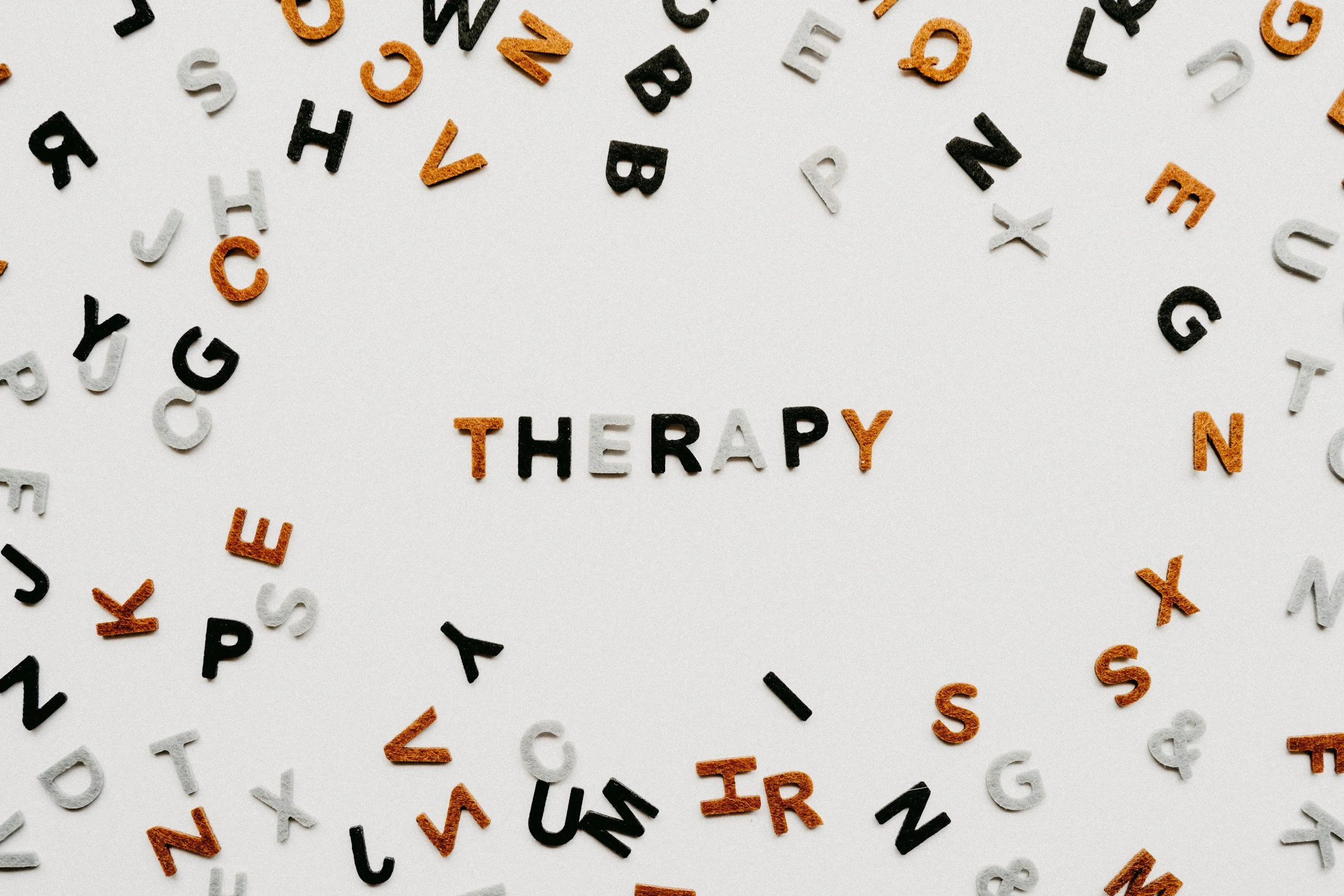Articulation vs. Phonological Disorder – Why Your Child Says “Wabbit” for “Rabbit”
Kylee Thain SLP-CF
As children are growing and developing, it is common for development of some sounds to come quickly and for it to take more time to master other sounds—speech development is a gradual process! Many little ones go through a stage where their “baby talk” sounds adorable, like saying “tat” for “cat” or “wabbit” for “rabbit”. These errors can be part of early typical development as kids are learning how to coordinate their lips, tongue, and breath for clear speech. Sometimes it’s a simple developmental pattern that will fade with time, while in other cases, it may be a sign of an articulation or phonological disorder. If certain sound substitutions persist beyond the expected age range or make your child’s speech difficult to understand, it might be time to check in with a speech-language pathologist (SLP). SLPs have the background training and knowledge to help identify the reason for these errors in sound production. Understanding the difference between these two disorders can help you know when to seek extra support.
Let’s start with articulation. Articulation refers to the physical act of producing speech sounds—the way the tongue, lips, jaw and other parts of the mouth move to create speech sounds. When a child has an articulation disorder, they may have difficulty forming specific sounds correctly. For example, a child who says “wabbit” for “rabbit” might know exactly what the word should sound like but hasn’t yet mastered how to position their tongue to produce the “r” sound. This type of challenge is motor-based, meaning it’s about coordination and muscle movement rather than language understanding.
In contrast, phonological disorders involve patterns of sound errors that reflect how a child’s brain organizes and uses speech sounds. A child with a phonological disorder might consistently replace several different sounds with one sound, or leave off sounds altogether. In this case, it’s not that they physically can’t make a certain sound—it’s that their brain is still learning how to use sounds correctly in words. Those with phonological disorders may have difficulty with the knowledge of ‘when’ and ‘how’ of each sound, rather than the mechanics of producing a single sound.
Knowing whether your child’s speech challenges are related to articulation or phonology is important because it shapes the way therapy is provided. For articulation difficulties, therapy focuses on helping a child physically produce sounds through targeted practice and mouth placement cues. For phonological disorders, therapy targets increasing knowledge of sound patterns, helping the child understand the “rules” of speech and applying them across many words. Both approaches can be highly effective when guided by a speech-language pathologist (SLP).
At the end of the day, every child develops speech at their own pace. Whether it’s articulation or phonologically based, with the right support, kids can make wonderful progress. If you have concerns about your child’s speech or want reassurance about their progress, consider reaching out to one of our certified speech-language pathologists for an evaluation. An assessment can help determine whether your child’s speech sound development is on track and, if needed, guide you toward effective strategies to support clear and confident communication. Early support can make a big difference in supporting your little communicator—and before long, that “wabbit” will sound just like a “rabbit.”



